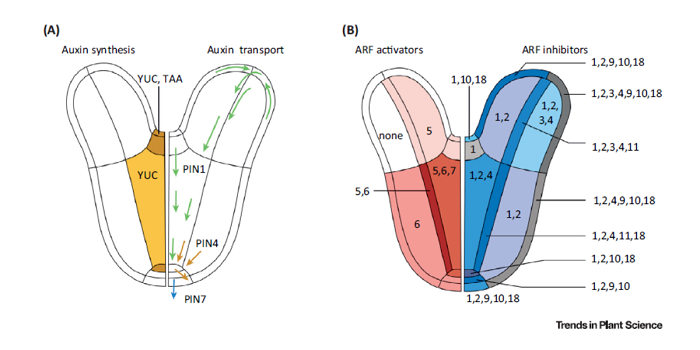
Review: The systems biology of auxin in developing embryos ($)
Plant Science Research Weekly, Research0 Comments
/
The transcriptional response to auxin depends in large part on the interactions between ARF transcription factors and the Aux/IAA transcription inhibitors that interact with them. The crucial role of auxin in embryo patterning is revealed by the embryo patterning defects observed in mutants of ARF and…
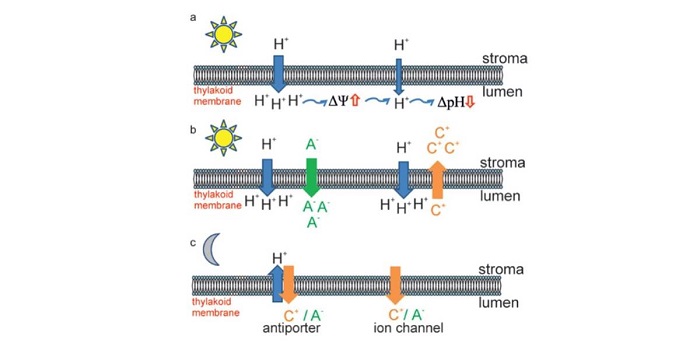
Review: Impact of the ion transportome of chloroplasts on the optimization of photosynthesis ($)
Plant Science Research Weekly, ResearchIn photosynthesis, light energy generates proton motive force (pmf) across the thylakoid membrane. The establishment and maintenance of pmf involves numerous membrane transporters as well as other ions. Szabò and Septea review how various ions (including K+, Na+, Fe2+, Cu+, Mn2+, Ca2+, Cl–) contribute…

A Kinase- and Proteasome-Mediated Link Between Lipid Biosynthesis and Energy Homeostasis
Research, The Plant Cell: In BriefIN BRIEF by Nancy R. Hofmann [email protected]
The economy of living cells includes energy production, energy utilization, and energy storage. Thus, a plant’s energy budget must connect the decision to produce lipids (for energy storage) with its overall energy status. Energy sensor kinases, such…

Protein doppelgangers are long-lost cousins
Research, Research BlogWednesday, 15 March 2017 Source: University of Western Australia
A 60-year-old mystery has been solved by biochemists at The University of Western Australia investigating the origin of a type of digestion-inhibiting proteins thought only to exist in two plant families that contain the important…
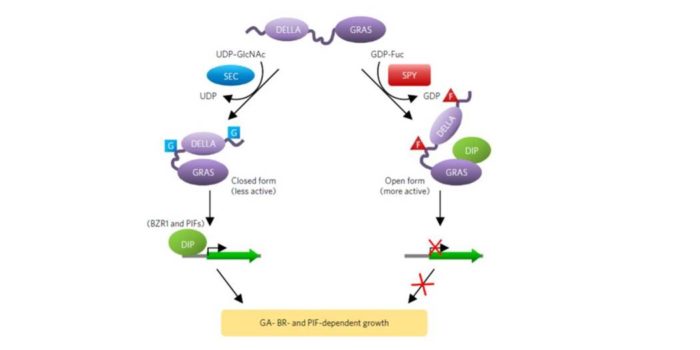
Arabidopsis O-fucosyltransferase SPINDLY activates growth repressor DELLA ($)
Plant Science Research Weekly, ResearchThe SPINDLY (SPY) gene was identified through a genetic screen; spy mutants are abnormally tall and thin, suggesting that they are overly sensitive to gibberellins. Later, the SPY gene was shown to act downstream of GIBBEERLLIN INSENSITIVE (GAI), which is a DELLA-domain containing protein. SPY was previously…

Review: Synthetic botany
Plant Science Research Weekly, ResearchAs photosynthetic autotrophs, plants have the potential to convert sunlight into a vast array of useful products: to act as little green metabolic factories. Of course, they already provide us with everything from carbohydrates and vitamins to stimulants and medicinal compounds, but with a few small…
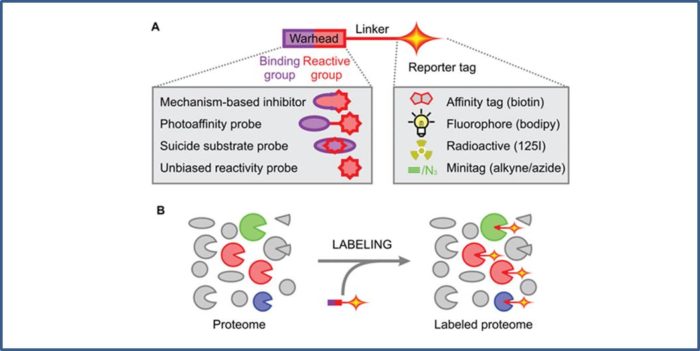
Review: The increasing impact of activity-based protein profiling in plant science
Plant Science Research Weekly, ResearchActivity-based protein profiling is a proteomics approach that involves covalently labeling reporter tags to subsets of proteins based on their active sites. Morimoto and van der Hoorn define different types of probes and the types of proteins that they bind to. Activity profiling can reveal different…
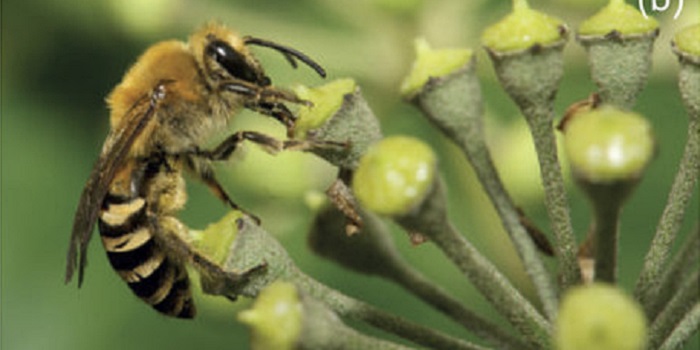
The importance of pollen chemistry in evolutionary host shifts of bees
Careers, Plant Science Research Weekly, Research, Research BlogSome bees are generalist pollinators that gather pollen from a wide range of species, whereas others are specialists that visit only one or a few species. Vanderplanck et al. examined floral traits of the host plants of two different groups of generalist bees. There was no significant correlation between…
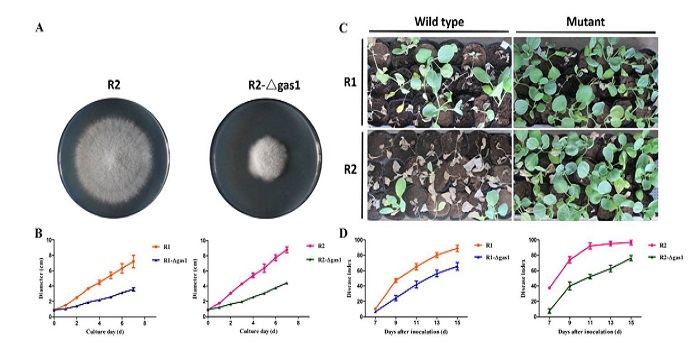
Proteomics of two differently pathogenic races of Fusarium oxysporum
Plant Science Research Weekly, Research, Research BlogFusarium oxysporum is a fungal pathogen of plants. F. oxysporum f. sp. conglutinans (Foc) causes fungal wilt in cabbage. Two races have been identified, with Race 2 being much more pathogenic than Race 1. Li et al. used a proteomic approach to investigate the origin of Race 2’s enhanced pathogenicity.…

